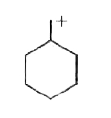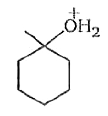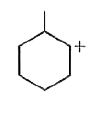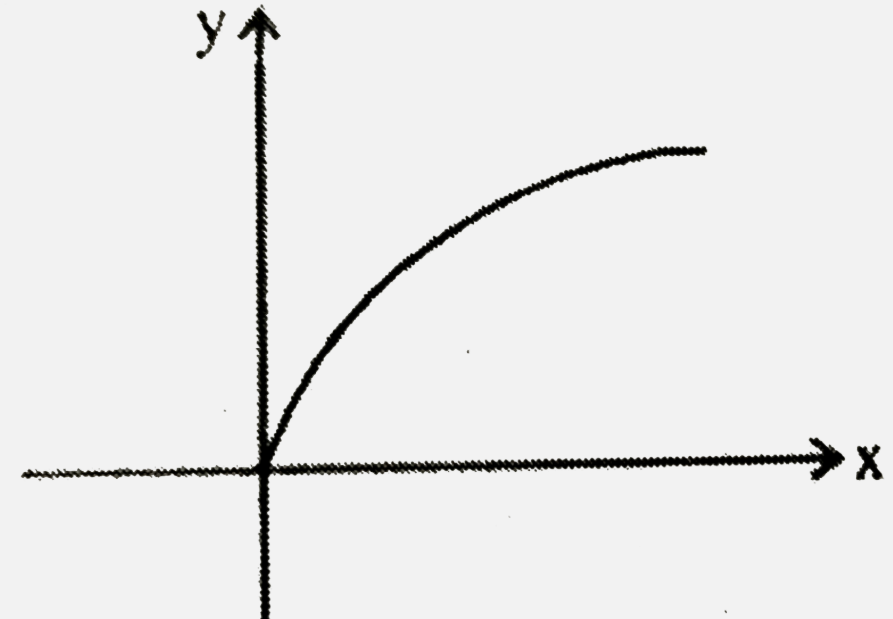Which of the following is an elastomer?
Bakelite
Polythene
Buna-S
Polystyren
The correct Answer is:C
To determine which of the given options is an elastomer, we can follow these steps:
Step 1: Understand the Definition of Elastomers
Elastomers are polymers that exhibit elastic properties, meaning they can stretch and return to their original shape. They are typically held together by weak intermolecular forces.
Step 2: Analyze the Given Options
The options provided are:
1. Bakelite
2. Polythene
3. Buna-S
4. Polystyrene
Step 3: Classify Each Option
- Bakelite: This is a thermosetting plastic, which means it cannot be reshaped once set. It does not have elastic properties.
- Polythene: This is a thermoplastic, which is flexible but not classified as an elastomer.
- Buna-S: This is a synthetic rubber made from the polymerization of 1,3-butadiene and styrene. It has elastic properties and is classified as an elastomer.
- Polystyrene: This is another thermoplastic that does not exhibit elastic properties.
Step 4: Identify the Correct Answer
From the analysis, the only option that qualifies as an elastomer is Buna-S.
Conclusion
The correct answer is Buna-S.
---
Elastomers are polymers that exhibit elastic properties, meaning they can stretch and return to their original shape. They are typically held together by weak intermolecular forces.
The options provided are:
1. Bakelite
2. Polythene
3. Buna-S
4. Polystyrene
- Bakelite: This is a thermosetting plastic, which means it cannot be reshaped once set. It does not have elastic properties.
- Polythene: This is a thermoplastic, which is flexible but not classified as an elastomer.
- Buna-S: This is a synthetic rubber made from the polymerization of 1,3-butadiene and styrene. It has elastic properties and is classified as an elastomer.
- Polystyrene: This is another thermoplastic that does not exhibit elastic properties.
From the analysis, the only option that qualifies as an elastomer is Buna-S.
The correct answer is Buna-S.
Topper's Solved these Questions
- POLYMERSBOOK - AAKASH INSTITUTE ENGLISHCHAPTER - POLYMERSEXERCISE - ASSIGNMENT Section-B (Objective type Questions (One option is correct ))
10 Videos
- POLYMERSBOOK - AAKASH INSTITUTE ENGLISHCHAPTER - POLYMERSEXERCISE - ASSIGNMENT Section -C (Objective type Questions (More one option is correct ))
8 Videos
- POLYMERSBOOK - AAKASH INSTITUTE ENGLISHCHAPTER - POLYMERSEXERCISE - Try yourself
7 Videos
- ORGANIC CHEMISTRY: SOME BASIC PRINCIPLE AND TECHNIQUESBOOK - AAKASH INSTITUTE ENGLISHCHAPTER - ORGANIC CHEMISTRY: SOME BASIC PRINCIPLE AND TECHNIQUESEXERCISE - TRY YOURSELF
28 Videos
- PRINCIPLES OF QUALITATIVE ANALYSISBOOK - AAKASH INSTITUTE ENGLISHCHAPTER - PRINCIPLES OF QUALITATIVE ANALYSISEXERCISE - Assignment (SECTION H)
9 Videos
Similar Questions
Knowledge Check
Which of the following is not expected to be intermediate of the following reaction ?
 A
A B
B C
C D
D
Which of the following is the best representation of the following graph ?
View SolutionWhich of the following is not an example of organochlorine which shows biomagnification?
View SolutionWhat is an elastomer?
View SolutionAmongst the following mammals which of the following is a monotreme?
View SolutionWhich among the following species is an elastomer?
View SolutionWhich of the following is used to perform following transformation:
_E01_729_Q01.png)
View SolutionWhich of the following is a positive overlap which leads to bonding ? .
View Solution
